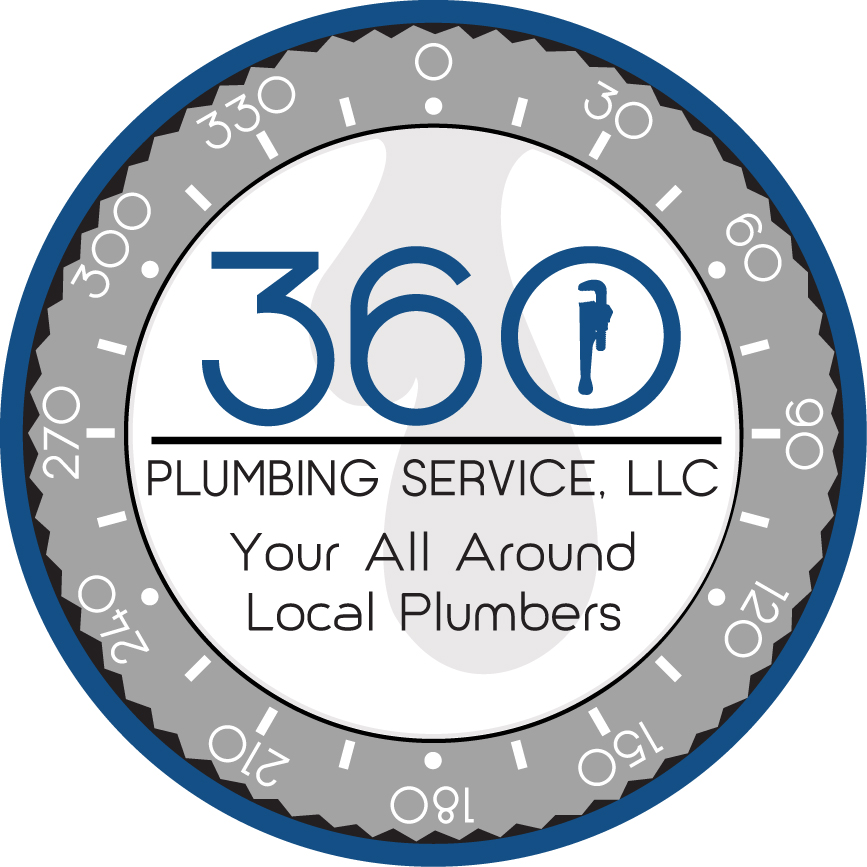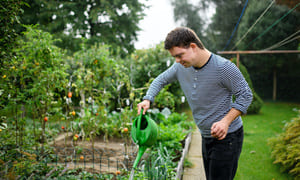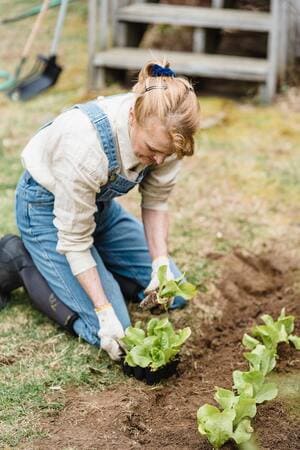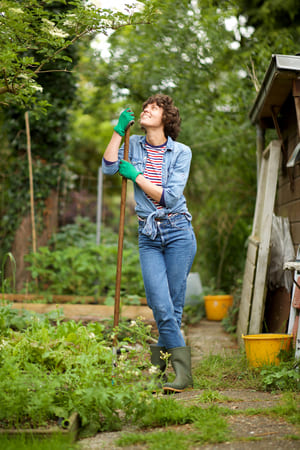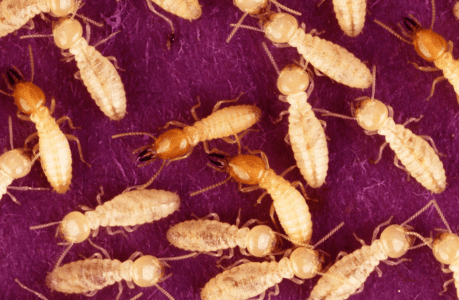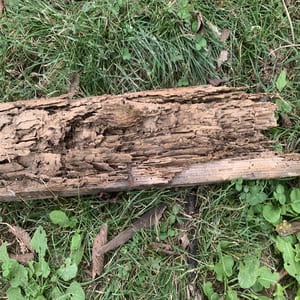A Richmond guide to winterizing your home with Plumbing 360.
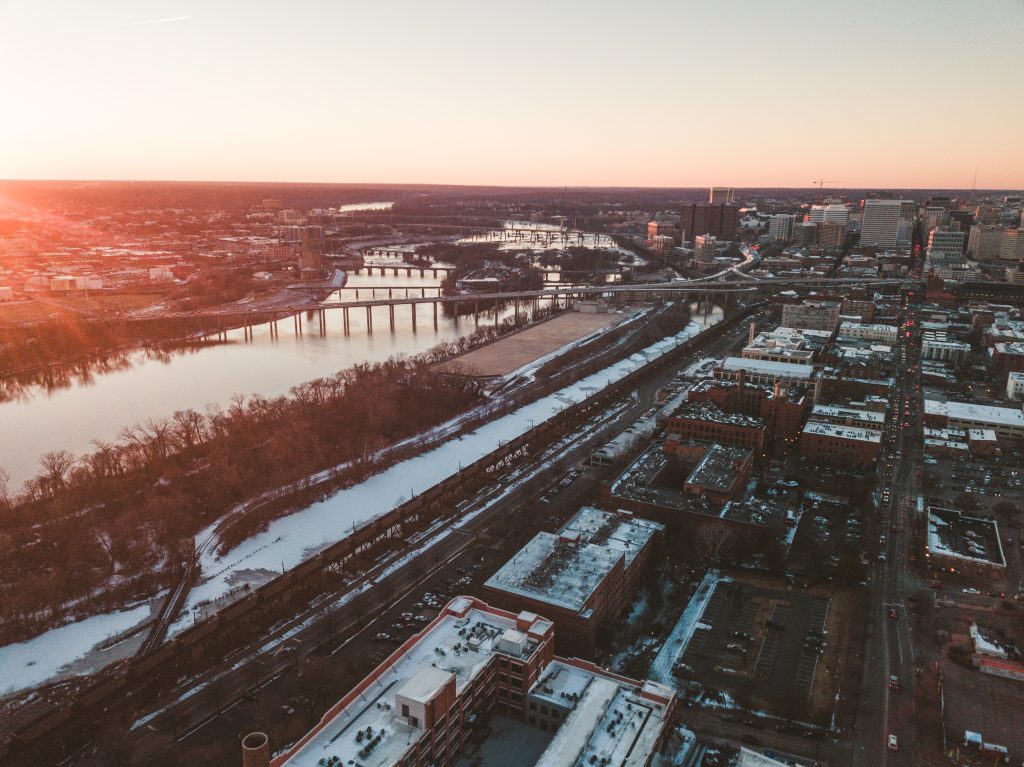
Check the gutters.
Prevent ice dams by cleaning out your gutters, installing gutter guards and making
sure your attic floor is properly insulated. The attic itself should be well-ventilated
and about 10 degrees warmer than the temperature outside.
Protect the pipes.
Protect against frozen pipes by insulating those that could be susceptible to
freezing. When the temperature drops below 32 degrees Fahrenheit, keep a stream
of water running in a few faucets to guard against freezing and bursting. To protect
plumbing under kitchen and bathroom sinks, consider opening the cabinet doors
so warm air can surround the pipes.
Seal the cracks.
Caulk holes and openings around windows, doors, air conditioners and mail chutes
to help prevent cold air from seeping in. You can also install weather stripping and
seals for an additional heat loss protection method.
Stop the slips, trips and falls.
Keep driveways and sidewalks clear of ice and snow and repair any issues with
steps and handrails. You can also be prepared for winter weather safety by keeping
deicing salt handy for sprinkling on steps, sidewalks and your driveway. Be sure to
read the directions for proper distribution and protective gear.
Install an emergency release.
Consider installing an emergency pressure release valve in your plumbing system.
This will protect against increased pressure caused by freezing pipes and can
prevent them from bursting. It’s also a good idea to learn how to shut the water off
and know where your pipes are located.
Keep it cozy.
Set your thermostat to at least 65 degrees Fahrenheit and make sure your house or
apartment is well-insulated. Consider installing an energy efficient or
programmable thermostat to help you keep warm air in the rooms you use the
most without racking up high energy bills.
Have your heating system checked.
Furnaces, boilers and chimneys should be serviced at least once a year to clear any
buildup and to keep them running efficiently.
Test your smoke and carbon monoxide detectors.
Residential fires are more common in winter, so it is important that all your smoke
detectors work. Check them monthly and replace batteries as needed. You should
also consider installing a carbon monoxide detector to avoid inadvertently trapping
the toxic gas in your home.
Clear the yard.
Keep the trees trimmed and remove dead branches and debris from your yard. Ice,
snow and wind can weaken trees and cause branches to fall and potentially
damage your home, car or even yourself and others.
House the hose.
Remove all garden hoses that are attached to the house, drain them and store
them away. Shut off the valves and insulate the faucet.
If you’re heading south for the winter, you need to take extra precautions. Turn the
water completely off and consider having the plumbing system drained to keep
pipes from freezing. Also, have a friend or neighbor check on your home regularly
to look for any issues. If a problem is detected, act quickly to minimize potential damage to your property.
If you have questions or need a great plumbing company please reach out to our preferred plumbing company Plumbing 360. We have nothing but great things to say about their service and reputation. https://www.360plumbingservice.com
